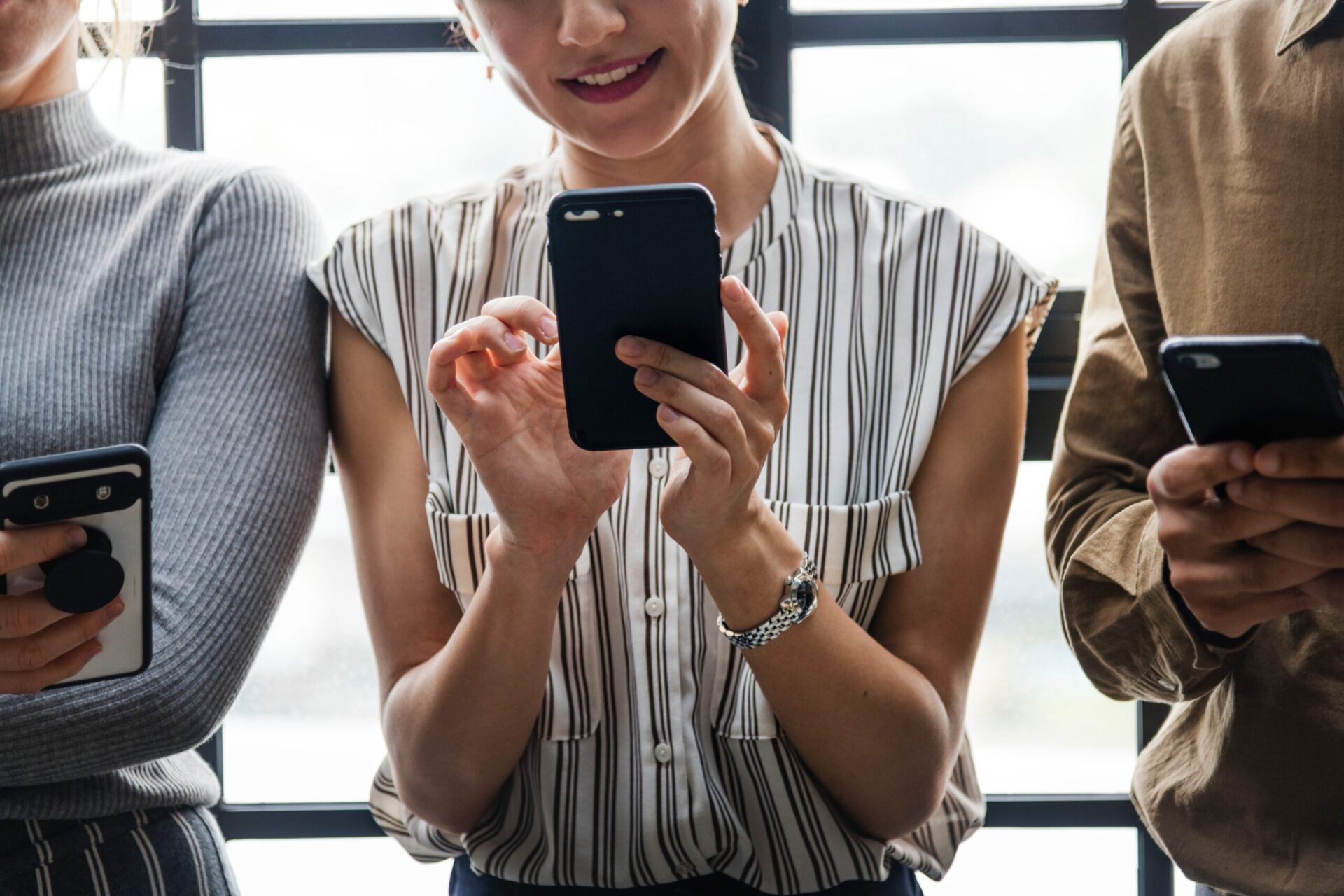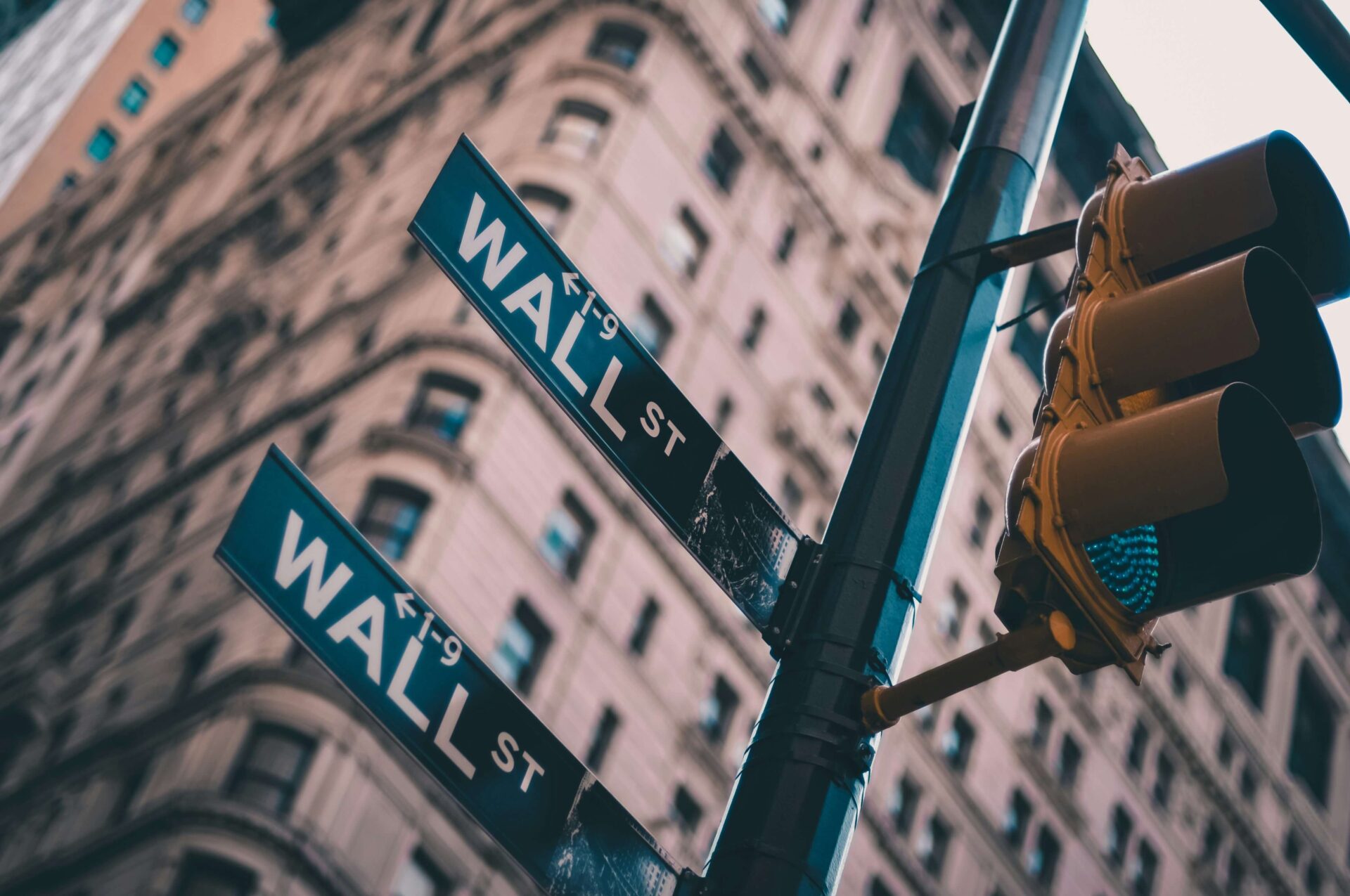Under the Influence: How much power do social influencers actually have?

By: Shannon Lind
Influencer marketing – predicted to be a US$5-10 billion sector by 2020 – has become a favourable strategy amongst marketers. As the average influencer gets paid US$1,000 per 100,000 followers, it’s certainly a significant investment, but are marketers really getting the bang for their buck?
Contrary to what you might think, influencers aren’t new. A professional footballer can earn over US$100 million in a year when ‘all they do is kick a ball about’. Let’s not forget, for a star like Cristiano Ronaldo, around 40% of this income is made from brand endorsements. Yet, I have never heard criticism for the supposed US$1 million earnings Kylie Jenner makes for simply posting a picture on Instagram.
Word of mouth and word of influencer
Turn the clocks back 15 years, and we see examples of pre-digital age influencers in the form of celebrity endorsements – your favourite magazine would be filled with celeb interviews talking about their ‘favourite’ products, grasping your desire for the newest trends. Separately, word of mouth may have urged you to avoid the local chip shop because your hairdresser’s cousin got food poisoning from there once.
Nowadays, we see a similar approach which leverages the power of social media on a global scale. Many will turn to social influencers for inspiration, opinions and recommendations despite them being complete strangers.
As global connectivity soars, people don’t need to look far for information. With the average person spending 142 minutes on social media per day, we are quick to use these channels to preach or hail our brand experiences.
Influencers possess a lot of power when initiating these conversations. They are well-positioned across social media, seamlessly slipping their content into our feeds; amongst the personal posts of our friends and family. Making themselves seem familiar, amicable and trustworthy. Their opinions are respected and their picture-perfect lifestyles desired.
Will it have the right influence?
After the Fyre Festival scandal, it’s understandable to have doubts about influencer marketing. Of course, since then we have seen a push for responsible influencer marketing practice, with the advertising standards agency (ASA) making it a requirement to be honest about endorsements and paid ads. And it appears that this transparency from influencers makes them more trustworthy and respected with their followers.
With so many in the game, it can be easy to question the authenticity and trust surrounding this method of raising brand awareness. Actually, social influencers – not celebrity influencers – tend to stick to their core values, ensuring the brands that they work with continue to generate content that is of interest to their audience.
If you doubt the power of influence a stranger can have, take notes from the world record egg from which more than 50 million people were convinced to like an image of an egg. Or, the reputed $1.3 billion USD Kylie Jenner cost Snapchat with a single tweet. Showing the sheer scale in which people can genuinely engage with influencers and their opinions.
Is it successful?
Influencer marketing has certainly proven its worth amongst marketers, with 89% agreeing that ROI from influencer marketing is comparable, if not better, than other channels. Over 70% say that the quality of customers and traffic from influencer marketing is better than other marketing sources.
Undeniably, influencers can be a great way of tapping into niche markets and raising brand awareness. With the rise of digital channels, traditional media are less effective and with online advertising being susceptible to ad blockers, influencers have become one of the most direct ways of targeting your audience – whether you work in Finance, Energy or Tech. And, if done strategically, you will certainly get the bang for your buck.

